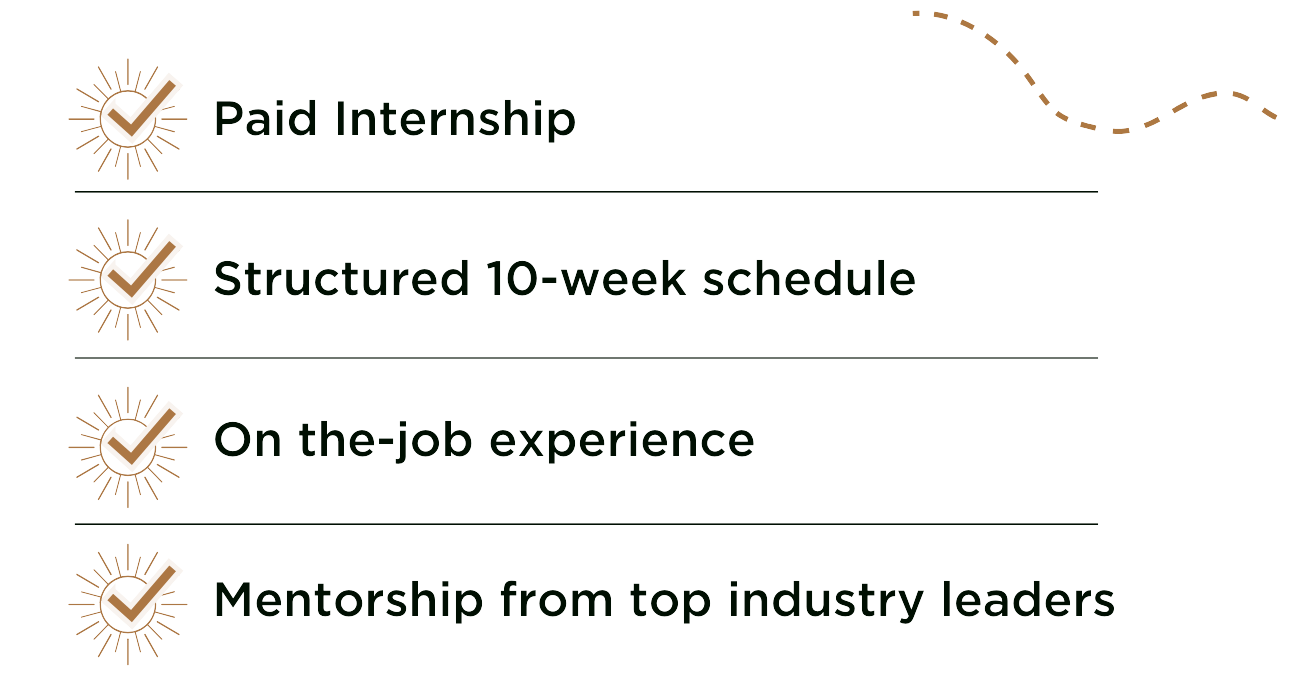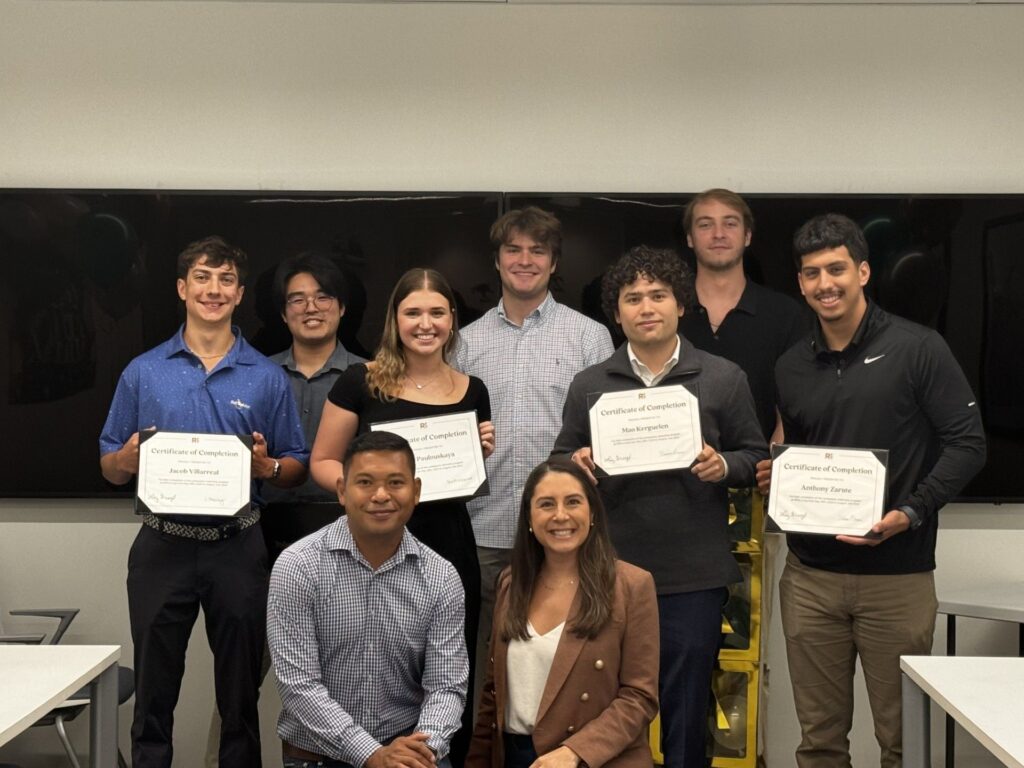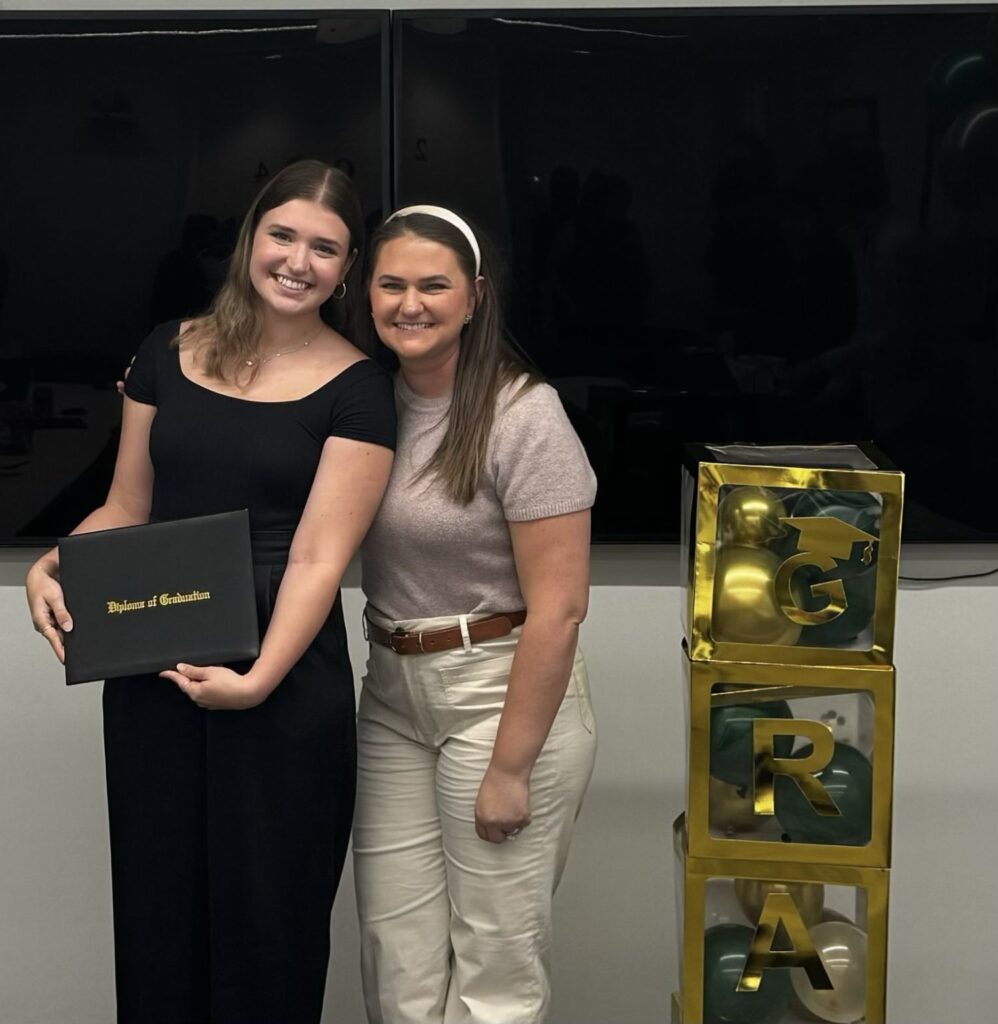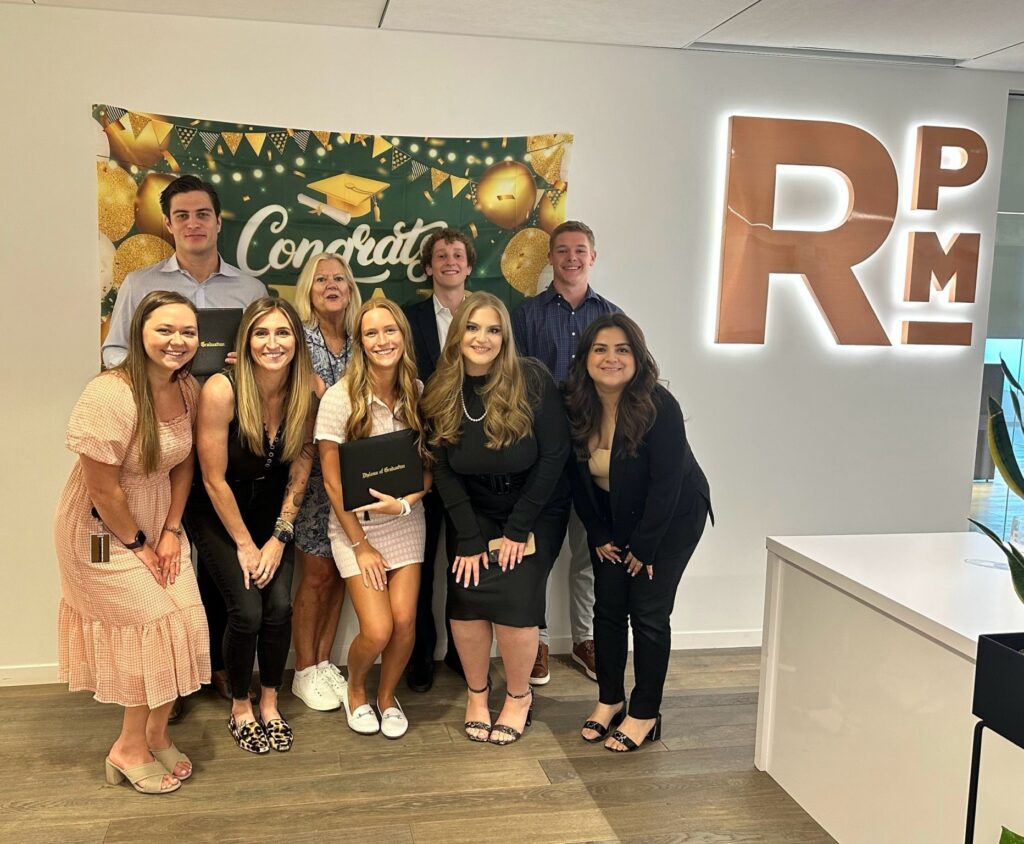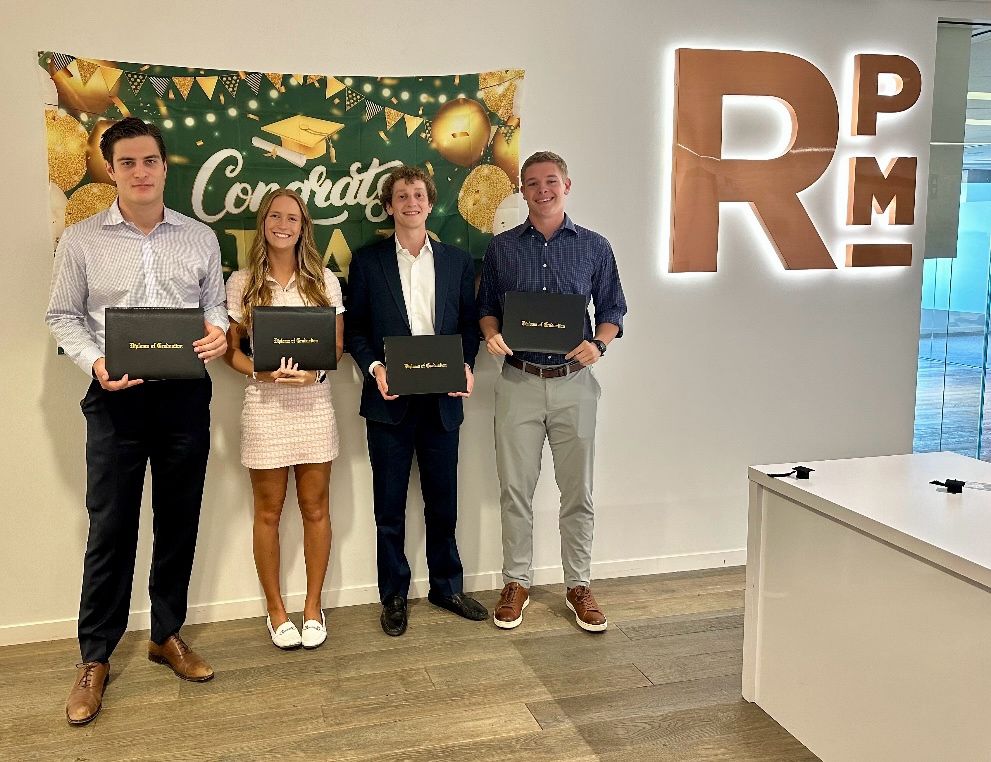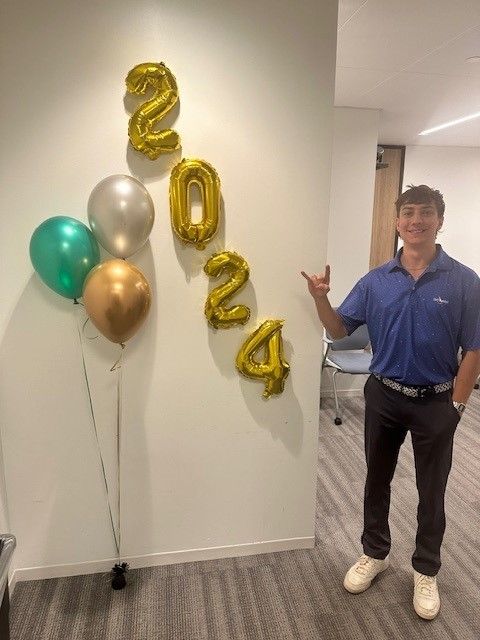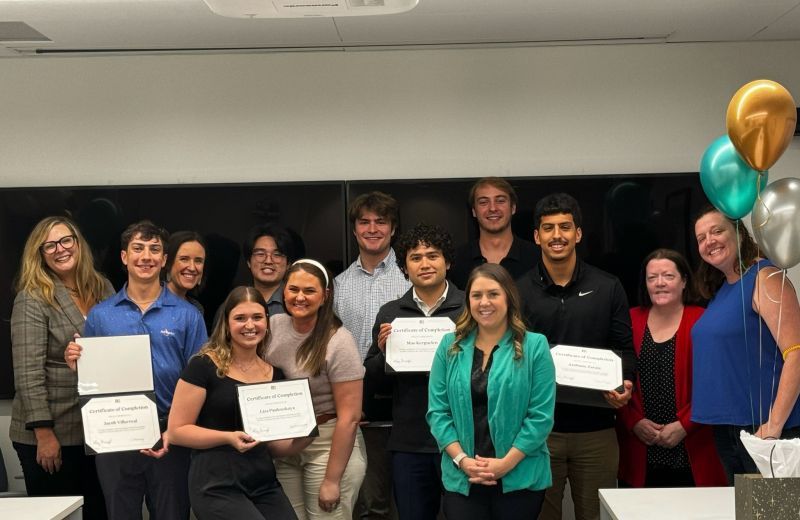Best Practices to Building and Strengthening Client Relationships by Heather Sizemore, VP of Portfolio Success
The client relationship with its property management company goes far beyond the business development team. Every member of the organization that interacts with the client, from the onsite associates to every corporate support person, plays a critical role in the relationship. There are a few key areas where an organization must consistently deliver to build, strengthen, and protect the client relationship.
First and foremost is communication. It is universally acknowledged as the top area for improvement across all industries. Our business is no exception, and with the client relationship, quality communication is critical. Keep the below top of mind regularly to help improve communication:
- Overcommunication is better than none. No one likes to be blindsided.
- Collaboration is a two-way street, and active communication is paramount between parties. It’s not only the messages we deliver, but how well we listen and receive information from the client and one another that drives our ability to align the goals and priorities of our client to our wider brand mission and vision.
- Proactively share information. Bring your client along the journey and highlight your expertise, it will reinforce the confidence our partners feel when they work with us. Knowledge is power, and imparting those useful market nuances or trends will be much appreciated. It leads to better healthier conversations and more effective decision making.
- Balance brevity with detail - it's an artform. Practice it daily.
- Uphold the highest standards of honesty and integrity for yourself and the organization. Trust can be lost in an instant, perhaps never to be regained. There cannot be a strong relationship without trust. The supporting role here is transparency. This is a tough business, and things don’t always go perfectly. Own up to mistakes and detail all the actions being taken for immediate corrective action. Honesty is ALWAYS the best policy.
- Remember that we’re all people with lives outside of our jobs. Strong professional relationships include personal connections. People, for the most part, enjoy talking about themselves. Getting to know a little about a client personally can go a long way. Who doesn’t want the opportunity to talk about their new baby, or the amazing bucket-list vacation they recently went on? Showing a genuine interest in them as human beings and finding commonalities as people develops a connection with tremendous value in the client relationship.
These concepts are best practices for a reason - they work, if consistently executed. Like most of what we do in property management, it usually isn’t a novel idea that makes a person or company successful but the day-in, day-out grind of deliberate, intentional effort and results that sets us apart from the competition.
Words are meaningless without action.
At RPM, we’re proud to have some of the industry’s top leaders, and we’re excited to share their Leader POV with you on their areas of expertise and on hot topics in business to help you learn, grow and gain a fresh perspective. Read more on our blog.







